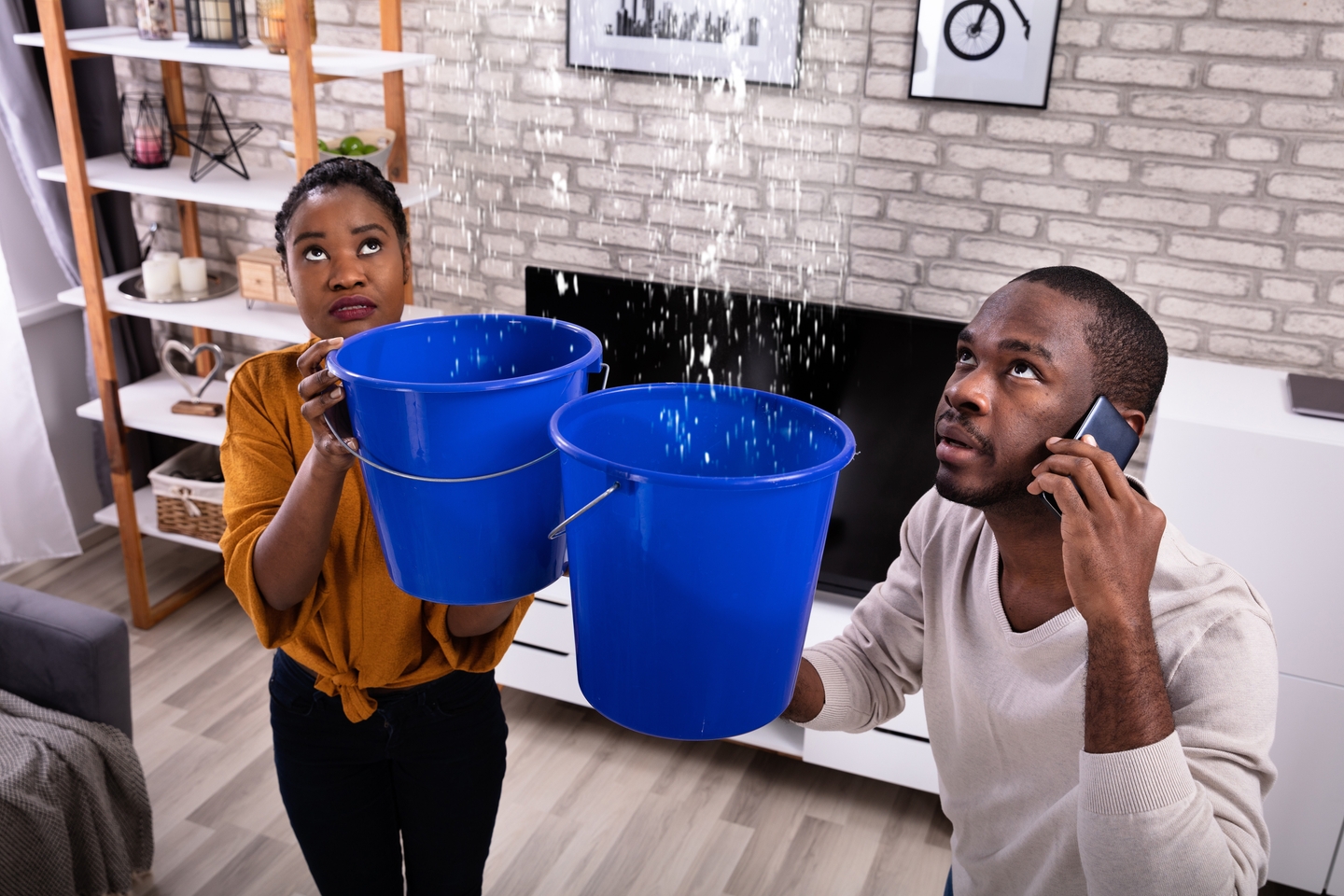
Emergency Water Damage Repair can strike suddenly and disrupt your life, whether it’s due to a burst pipe, severe storm, or plumbing failure. When faced with such emergencies, swift and effective action is crucial to minimizing damage and ensuring a safe environment. This blog outlines key steps for emergency water damage repair, drawing insights from the experts at Quality Restoration.
Prioritize Safety
The first step in any emergency water damage situation is ensuring the safety of everyone involved. Before entering a water-damaged area:
- Turn Off Electricity: Water and electricity are a dangerous combination. Turn off the power supply at the main breaker to avoid electrical hazards.
- Assess Structural Integrity: Check for signs of structural damage like sagging ceilings or unstable floors. If in doubt, consult a professional before entering.
Stop the Source of Water
Identifying and stopping the source of the water is essential to prevent further damage. Here’s what you can do:
- For Burst Pipes: Locate and shut off the main water valve.
- For Roof Leaks: Temporarily cover the affected area with a tarp or plastic sheeting to minimize further water entry.
- For Flooding: Contact local authorities or utility services for assistance with major flooding issues.
Remove Standing Water
The next step is to remove any standing water as quickly as possible:
- Use Pumps and Wet Vacuums: For significant amounts of water, professional-grade pumps and wet vacuums are effective tools. For smaller areas, a shop vacuum may suffice.
- Manual Removal: Use buckets and mops for smaller volumes of water. Ensure you wear protective gear to avoid contact with contaminated water.
Dry and Dehumidify
Once the standing water is removed, it’s crucial to dry out the affected areas to prevent mold growth:
- Use Fans and Dehumidifiers: High-powered fans and dehumidifiers help speed up the drying process. Place them strategically around the affected areas.
- Inspect for Hidden Moisture: Check behind walls, under floors, and in insulation for hidden moisture. Addressing these areas promptly is vital to avoid long-term issues.
Clean and Disinfect
Water damage can lead to mold and bacterial growth if not properly cleaned:
- Clean Surfaces: Use a mix of detergent and water to clean affected surfaces. For severe contamination, consider using specialized cleaning solutions.
- Disinfect: Apply disinfectants to prevent mold and bacteria growth. Ensure all cleaning agents are used according to the manufacturer’s instructions.
Inspect for Structural Damage
Water can cause significant damage to the structural components of your home:
- Check Foundations and Walls: Look for signs of warping, cracking, or weakening in foundations and walls. Structural issues may require professional assessment and repair.
- Inspect Roofing: Ensure that your roof is intact and free of leaks. Any damage should be addressed promptly to prevent further issues.
Repair and Restore
Once the area is dried and cleaned, focus on repairing and restoring the affected spaces:
- Replace Damaged Materials: Remove and replace any materials that cannot be salvaged, such as drywall, insulation, and flooring.
- Repaint and Refurbish: Repainting and refurbishing walls and surfaces can restore the appearance of your home and ensure a fresh start.
Prevent Future Issues
Taking steps to prevent future water damage can save you from future headaches:
- Install Sump Pumps: Sump pumps can help manage water levels in flood-prone areas.
- Improve Drainage: Ensure proper drainage around your home to direct water away from the foundation.
- Regular Maintenance: Conduct regular maintenance checks on plumbing and roofing to identify potential issues before they become major problems.
Work with Professionals
While DIY efforts can be effective for minor issues, professional help is often needed for comprehensive water damage repair:
- Consult Experts: The team at Quality Restoration offers specialized services for emergency water damage repair. Their expertise ensures that every aspect of the repair process is handled efficiently and effectively.
- Insurance Claims: Professionals can assist with documenting damage and working with your insurance company to streamline the claims process.
Emergency water damage repair is a critical process that requires prompt and effective action. By following these steps and consulting with experts like Quality Restoration, you can ensure a swift recovery and restore your home to its pre-damage condition. Remember, the sooner you act, the better your chances of minimizing damage and preventing long-term issues. For reliable and professional water damage repair services, visit Quality Restoration for expert assistance and support.
By adhering to these guidelines and seeking professional help when needed, you can navigate the challenges of water damage with confidence and ensure a safe, restored home environment. Clik Here







Comments (0)